Logiball Inc. News
Lateral Sealing From The Mainline Sewers With Chemical Grout
Chemical grouting used in municipal sewers through remotely operated packers is typically performed from within structurally sound pipes with opened joints, leaking gaskets, annular spaces between liners and host pipes and circumferential cracks. Chemical grout is injected under pressure and forced through these defects to seal the bedding and fill voids adjacent to these defects.
Lateral connections and laterals are getting more attention in trenchless rehabilitation projects than ever before. Groundwater does not disappear, but, in fact, as more work is performed on mainline sewers and manholes, that groundwater moves to the path of least resistance back into the collection systems through lateral connections, annular spaces in relined mains and the first few joints of the lateral that lie below the groundwater table.
In order to be most effective, trench-less rehabilitation projects aimed at reducing infiltration must include lateral connections and that portion of the later-al that is prone to leakage. Lateral sealing with chemical grout is proving to be a long term cost effective solution to stop infiltration at these points.
Here are a few details to consider to make this work for you:
1) Preparation work: Clean the main lines to provide access in order for the equipment to reach and properly set against the pipe. In relined pipes, fully reinstated laterals and brushed connections are a definite must. Pan-and-tilt camera surveys from the main will dictate the next steps that could be taken when effective sealing distances from the main are just within a few feet of the connection. If the project requires long effective sealing distances into the lateral from the main, it could be a wise decision to pre-inspect and clean the laterals de-pending on the findings of the lateral inspection.
2) Chemical Grout Mix: Most chemical grouts being pumped through remotely operated packers are solution grouts (acrylamide, acrylics and acrylates) or urethane gels. When pumping solution grouts, the concentration of solids is basically determined by the amount of grout vs. the amount of water added in the grout tank. Typically a 10 percent mix (grout tank + catalyst tank) is the starting point and higher concentration of solids could be chosen when heavy infiltration is observed in order to offset dilution caused from heavy infiltration.
3) Gel times of the grout: Gel times should be chosen so that enough chemical grout is placed outside the pipe to seal the bedding and fill voids adjacent to the leaks. Items to consider when choosing gel times are temperature, pumping rates vs. packer to pipe voids, amount of infiltration present at the time of injection and travel distance of the grout into the backfill required.
4) Pumping pressure measured at the point of injection: Pumping or void pressures at the point of injection should be monitored in order to confirm that the chemical grouts are pumped at a higher pressure than the groundwater level. As the grouts turn into a gel and pumping continues, void pressures increase and provide valuable information to the operators. Besides the volume of grout pumped, this information is the only information available to the operators during the test-and-seal operation of what is happening at the point of injection. As the volume of grout necessary to seal off leaks may and will be different from one lateral to the next, injection pressures measured at the void will indicate to the operators the point of refusal.
Lateral sealing packers are available for 6-in. to 30-in. mainlines with 4-, 5- or 6-in. laterals. Lateral bladders expand to approximately 0.5 in. less than the nominal lateral diameter to allow the chemical grout to mix and travel along the outside restrained portion of lateral bladder and seal any defects found within a predetermined sealing distance from the connection. Various effective sealing distances are available from the connection itself and as far as 30 ft have been performed (verify with contractor and manufacturer). When using the proper size lateral bladders, a thin residual grout layer is expected to re-main on the lateral pipe wall. As this layer is not sandwiched or trapped in between two pipes or in the soil, it will eventually peel off the wall of the lateral.
Standards of practice such as ASTM F2454-05 (2010) and a more recent NASS-CO (www.nassco.org) suggested specification(2012) are being accepted industry wide. Details, experienced contractors and operators, educated owners representatives, good specifications and adapting to changing field conditions are just a few key ingredients for successful jobs.
Marc Anctil is president of Logiball Inc., as well as 2008 NASSCO president and past president of the Infiltration Control Grouting Association, a division of NASSCO.
For more information call 1-800-246-5988 or email info@logiball.com



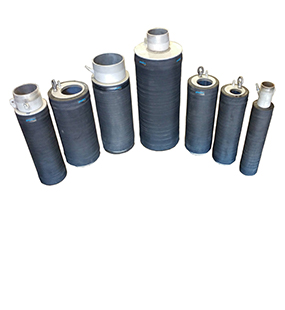
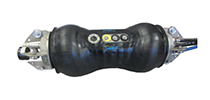
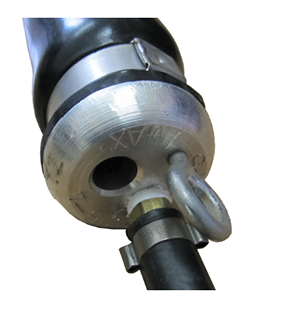
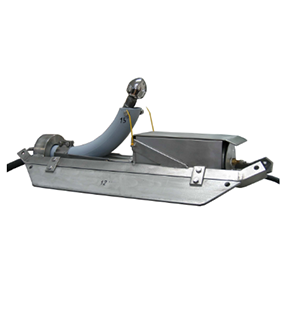
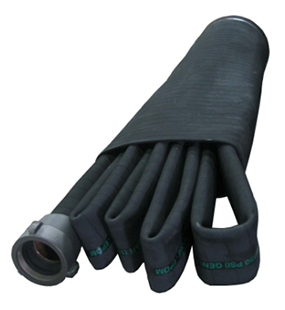
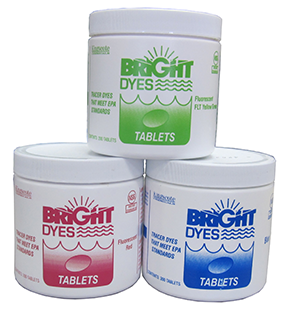

 Follow us on LinkedIn
Follow us on LinkedIn Follow us on YouTube
Follow us on YouTube
